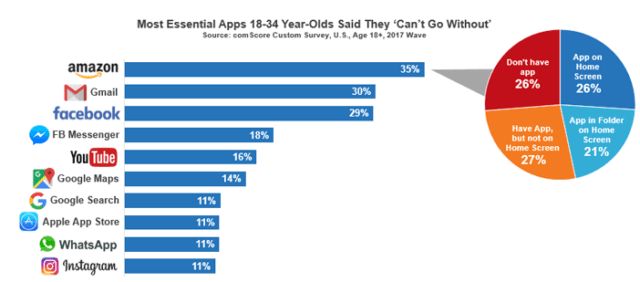A report released in February this year by Deloitte India estimated the millennial population of India to be around 440 million, which amounts to 34% of the country’s total population.
The report also stated that millennials accounted for approximately 70% of the household income.

The population in the age bracket of 18-35 are referred to as millennials. They are also alternately known as Generation Y.
This 34% of the Indian population, unlike other developed countries, is amongst the chief wage earners of the household.
This fact makes millennials one of the most vital customer targets for consumer companies and retailers in India, the report says.
Then, it is only natural that millennials should drive the consumer market, and that their trends would affect various industries.
Their focus on certain things and neglect of others has affected the revenue of the same and has led to negative impact on certain industries.
Let us take look at a few of these industries that are most likely to be hit by millennials and their lifestyle in India.
Print Magazines
In this age of technology, print magazines are losing their audience as millennials shift to more accessible forms of content.
It is reported that most young people prefer to get their news, political content, and other miscellaneous information online these days.
Magazines are not circulated as they used to be, and many have, in fact, created online portals for the same content that is printed, in order to draw in larger audiences.
Cash
The rise of e-payment portals like Google Pay or e-wallets like PayTM has seen a preference for cashless transactions as all that fuss over change or ‘chiller’ is removed.
Debit and Credit card transactions are preferred, even when millennials do step out to spend using a means other than their phones.
With the government also promoting a Digital Economy, it is only a matter of time for cash to take the backseat in transactions of any kind.
While it can be argued that digitisation was likely to happen even without millennials, their willingness to partake in it, has in no way decelerated the process.
Shopping
With the rise of e-commerce sites, the shopping experience has been revolutionised as everything is available now at our doorstep.
From clothes, accessories, and even grocery and food, there is nothing that one cannot get online.

Hence, the traditional malls do not have the same allure as before.
Food and Beverages
Even food and beverages are easily available online, and that hardly helps the perception that millennials are laid-back and comfort-seeking.
With services such as Swiggy, Zomato, Grofers, Big Basket etc., it is not really a surprise that supermarket and fine-dining crowds are thinning down.
Finally…
These are only a handful of many industries that we can hardly make an exhaustive list of.
The trend of accusing millennials of everything is quite biased, and is only characteristic of every old generation that frowns upon the doings of the younger one.
These shifts may be for better or for worse; that only time will tell. But what we can draw from this data is that change will only continue, and be it millennials or the following generations, things are going to keep evolving despite all our reluctance.
Business becomes dysfunctional when it cannot cope with changing times, and what we see here is only a substantiation of this.
Image Credits: Google Images
Sources: Business Insider, Forbes, Economic Times
Find the author online: @MogeBasar
More Recommendations:
SexED: Why Indian Men Are Bad At Flirting And Picking Up Women



































